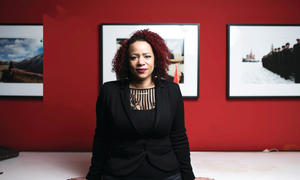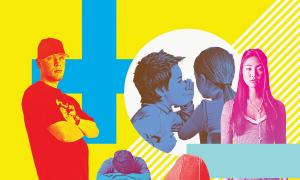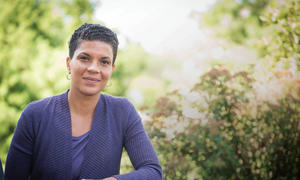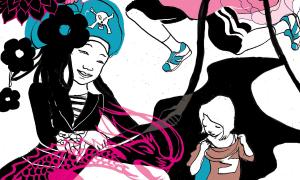article
Toolkit for “Lies My Bookshelf Told Me: Slavery in Children’s Literature”
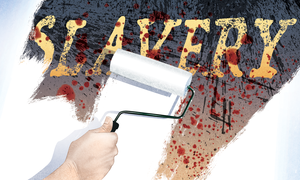
Our online Teaching Hard History Text Library includes a wealth of primary and secondary source documents about slavery to share with students of all ages.
